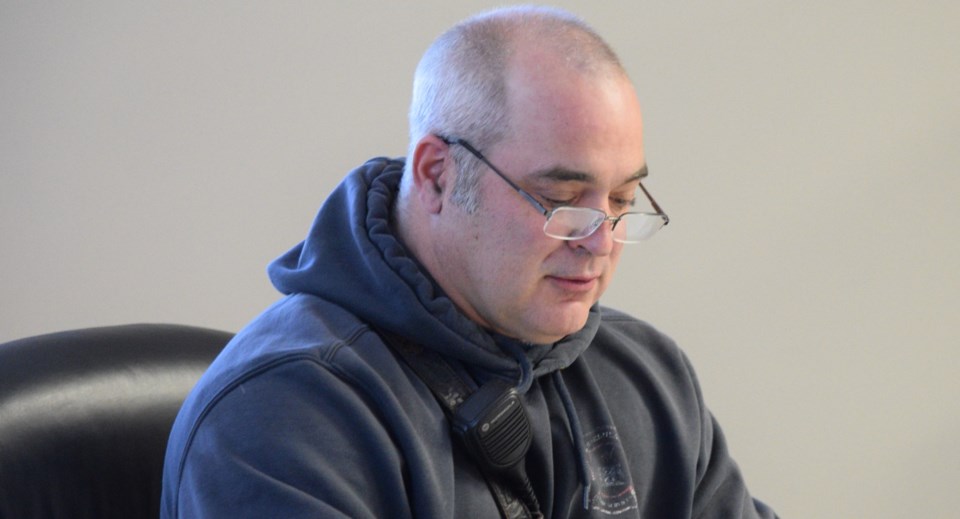BARRHEAD - Barrhead Regional Fire Service (BRFS) is responding to increasing medical assistance calls and BRFS fire chief Gary Hove is not sure why.
That's what Hove told County of Barrhead councillors during their June 4 meeting as part of his quarterly report for the first quarter of 2024 for the first three months of the year.
He said medical assistance calls accounted for 58 out of the 103 responses in the first quarter.
The majority of the responses, 42, were in the Town of Barrhead, while 16 were in the county. Over the same period in 2023, firefighters responded to 16 medical assistance calls.
"We are noticing an increase in ambulance assist calls. I'm not sure if it is a staffing issue with [Alberta Health Services], but we are definitely seeing a higher call volume than last year, which was already on the upward trend."
The next highest category was alarm-ringing investigations at 21. Again, most of the calls were in the town, at 12, compared to nine in the county.
BRFS firefighters responded to nine calls in the miscellaneous category. Fire responses were next at six, with five being within the county's borders compared to one in the town. There were only two wildland or grass fires in the county, both of which were in the county.
Hove noted that the department also started another group of BRFS firefighters, who started their National Fire Protection Association (NFPA) 1001 training. The NFPA training is a nationally recognized course that firefighters need to complete to be considered professional firefighters.
"We also started the hazmat awareness training course," he said.
Coun. Paul Properzi asked how recruiting is going.
Hove replied, 'Good', adding that two new female recruits joined BRFS.
He added that BRFS started a junior firefighter program for youths from 16 to 18 years old. Presently, there are five youths.
"Two of them are especially interested in pursuing firefighting as a career," Hove said, adding that three of their friends also entered the program and are looking into careers as first responders.
He said the junior members receive the same training as their older counterparts, but they are not able to participate fully in callouts.
"We can't put them into hazardous situations like fighting fires, but they can help out on a scene, grabbing tools, helping mop up and cleanup. It's not as exciting as they get to see everything and be part of the team."
County of Barrhead manager Debbie Oyarzun asked Hove to explain the information he uses to decide whether to institute or remove fire restrictions.
In late April, the chief instituted a complete fire ban for the County of Barrhead and gradually reduced restrictions until he lifted the ban in its entirety on May 30.
"First, I look at the local conditions and use weather forecasts and information from the Whitecourt Forest Area," he said, noting their coverage area encompasses about half of the County of Barrhead.
Hove said although he instituted the fire restrictions, including the previously mentioned total ban, earlier than last year, they were not the first community in the region to do so.
"We were about middle of the pack," he said. "Lac Ste. Anne County Parkland County put on fire bans that were more extreme and earlier than ours, but they had some terrible fires last year, which I'm sure influenced their decision."
Reeve Doug Drozd suggested that another reason those counties implemented the ban earlier is the number of urban interface subdivisions in those communities.
He then asked Hove about the provincial wildfire situation and if the BRFS had been asked to contribute equipment and firefighters.
"There was talk that Westlock and ourselves may have been asked to help out at the Fort McMurray fire, but then they had that rain," Hove said, adding that presently, there are no wildfires in the province categorized as "out of control".
Barry Kerton, TownandCountryToday.com



.jpg;w=120;h=80;mode=crop)